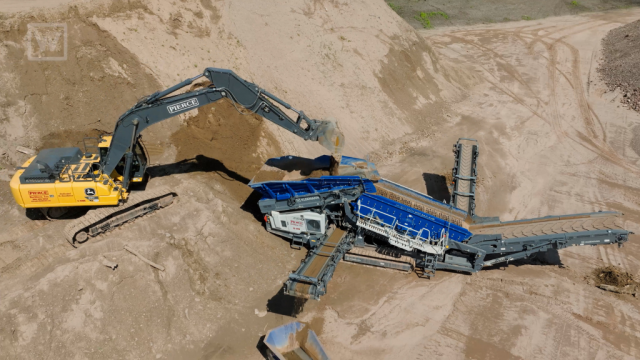Construction Begins on $450M Project to Replace Swing Bridge to Outer Banks
The future fixed-span, high-rise Alligator River Bridge is designed to aid hurricane evacuation and will stretch over 3 miles.

Construction has begun to replace the 2.8-mile-long Lindsay C. Warren Bridge in North Carolina, with the first of hundreds of piles driven into place February 18, according to the state Department of Transportation.
Skanska landed the $450 million contract to replace the swing bridge with a fixed span over the Alligator River along U.S. 64 in eastern North Carolina.
The new 3.2-mile structure will be a two-lane, high-rise bridge with improved hurricane evacuation capabilities and will allow marine and vehicular traffic to flow smoothly. The existing swing-span bridge, built in 1960 and currently rated as “structurally deficient,” will continue operating during construction.
The new bridge will be constructed north of the current bridge, which is one of only two highway corridors connecting to the Outer Banks of North Carolina. Some features of the new structure will include two 12-foot travel lanes, 8-foot breakdown lanes, 65 feet of clearance from the channel and 4.5-foot safety railings.
The project is partially funded by a $110 million Federal Highway Administration grant under the 2021 Bipartisan Infrastructure Law.
"Our team is proud to deliver this critical infrastructure that will vastly improve access to North Carolina's Outer Banks and better serve the local community," said Brook Brookshire, general manager and senior vice president of Skanska’s civil operations in the Southeast. "By replacing the aging swing bridge with a modern fixed-span structure, we're eliminating traffic delays, improving safety and supporting the region's economic growth for generations to come."
Construction has already begun, with the structure to be completed in 2028. It is scheduled to open to traffic in Fall 2029, and demolition of the current bridge to begin in Spring 2030.

 machineryasia
machineryasia 







